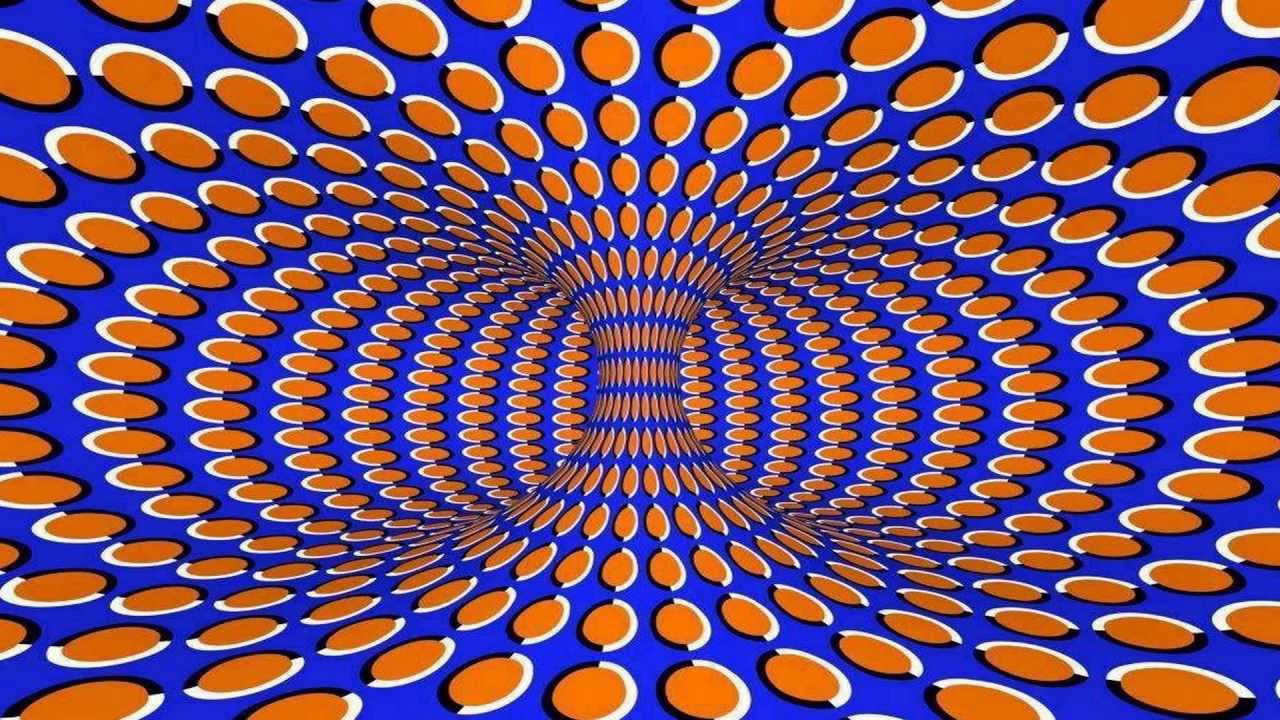Image from Pinterest.com
By Shawn Radcliffe and Jeanric Meller
First published in August 2016
When it comes to the world around us, what we perceive is not always what is actually there. This is what Einstein meant when he said “Reality is merely an illusion, albeit a very persistent one.”
On most days, our brain does a good job of interpreting the sights, sounds and other sensory information that we are bathed in from dawn to dusk, and even while we sleep.
There are times, though, that even our highly-evolved brains struggle to make sense — no pun intended — of our environment. This is most obvious when we look at optical illusions, those mind-bending tricks that many of us amazed our family and friends with as children.

While these illusions illustrate Buddha’s statement that “nothing is as it appears,” they have also given scientists a unique insight into the workings of the brain, specifically in how neurons convert sensory information into our perceived reality.
The history of the science of illusion is well-described by David M. Eagleman, PhD, a professor of psychiatry and behavioral sciences at Stanford University School of Medicine, in a 2001 paper in the journal Nature Reviews Neuroscience.
Early on in neurobiology, scientists learned that the brain is made up of billions of cells, but how these cells worked together remained a mystery. Illusions offered researchers one avenue into the inner workings of neurons. Much of the research focused on visual illusions, an abundant material both at children’s parties and in the scientific world. But Eagleman even goes so far as to write that “there is a sense in which all of vision is an illusion.”
There are many kinds of optical illusions, each of which provides a unique insight into the function of neurons. For example, if you look at two identical grey circles surrounded by fields of a different color — such as light yellow and blue — the circles will appear different. This happens because the neuron that responds to the grey circle is also affected by stimuli beyond the circle — or outside the “receptive field.”

In another illusion, shapes can imply the presence of a border — such as the corners of a triangle. The mind can take this limited information and create the illusion of real triangle with full borders. These “illusory contours” are a lot more real than you might imagine.
When this type of illusory contour is moved across a macaque monkey’s field of vision, the neurons fire in a way similar to what happens with a real shape. The firing, though, is slightly delayed, which suggests that the brain fills in the missing information using data from higher areas.
With other illusions, a perceived image can even switch between two states. This occurs without any change in the visual stimuli. One of the best-known examples of this is the face-vase illusion. When you look at the vase you may see either the vase or two faces looking at each other; but never both at the same time.

Take ventriloquism. Seeing a dummy’s mouth move can affect the direction that you think the sound is coming from. And facial expressions, even if not consciously noticed, can change how you perceive emotion in a person’s voice.
All of these indicate that the brain processes visual stimuli in an active fashion. It’s a way for the brain to not only make sense of reality, but also to create a version of that reality — our perception — that we can use to guide our actions.
Still, as you move through the world, keep in mind the words of Einstein and the Buddha, because illusions are more than just games for children. They highlight the risk of taking action in a world where what you perceive may not always be what truly is.
Know all things to be like this: As a magician makes illusions Of horses, oxen, carts and other things, Nothing is as it appears. ~ Buddha














